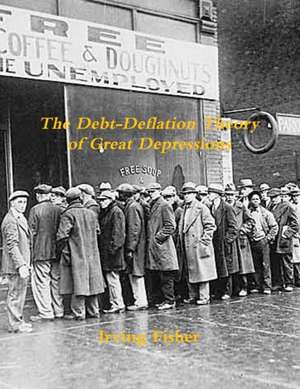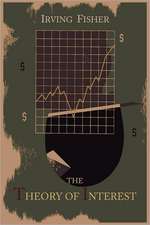The Debt-Deflation Theory of Great Depressions
Autor Irving Fisheren Limba Engleză Paperback – 2 mai 2016
| Toate formatele și edițiile | Preț | Express |
|---|---|---|
| Paperback (2) | 40.97 lei 38-45 zile | |
| Stellar Classics – 2 mai 2016 | 40.97 lei 38-45 zile | |
| Martino Fine Books – 28 mar 2011 | 81.17 lei 38-45 zile |
Preț: 40.97 lei
Nou
Puncte Express: 61
Preț estimativ în valută:
7.84€ • 8.18$ • 6.52£
7.84€ • 8.18$ • 6.52£
Carte tipărită la comandă
Livrare economică 17-24 martie
Preluare comenzi: 021 569.72.76
Specificații
ISBN-13: 9781987817782
ISBN-10: 1987817788
Pagini: 28
Dimensiuni: 209 x 279 x 7 mm
Greutate: 0.09 kg
Editura: Stellar Classics
ISBN-10: 1987817788
Pagini: 28
Dimensiuni: 209 x 279 x 7 mm
Greutate: 0.09 kg
Editura: Stellar Classics



















